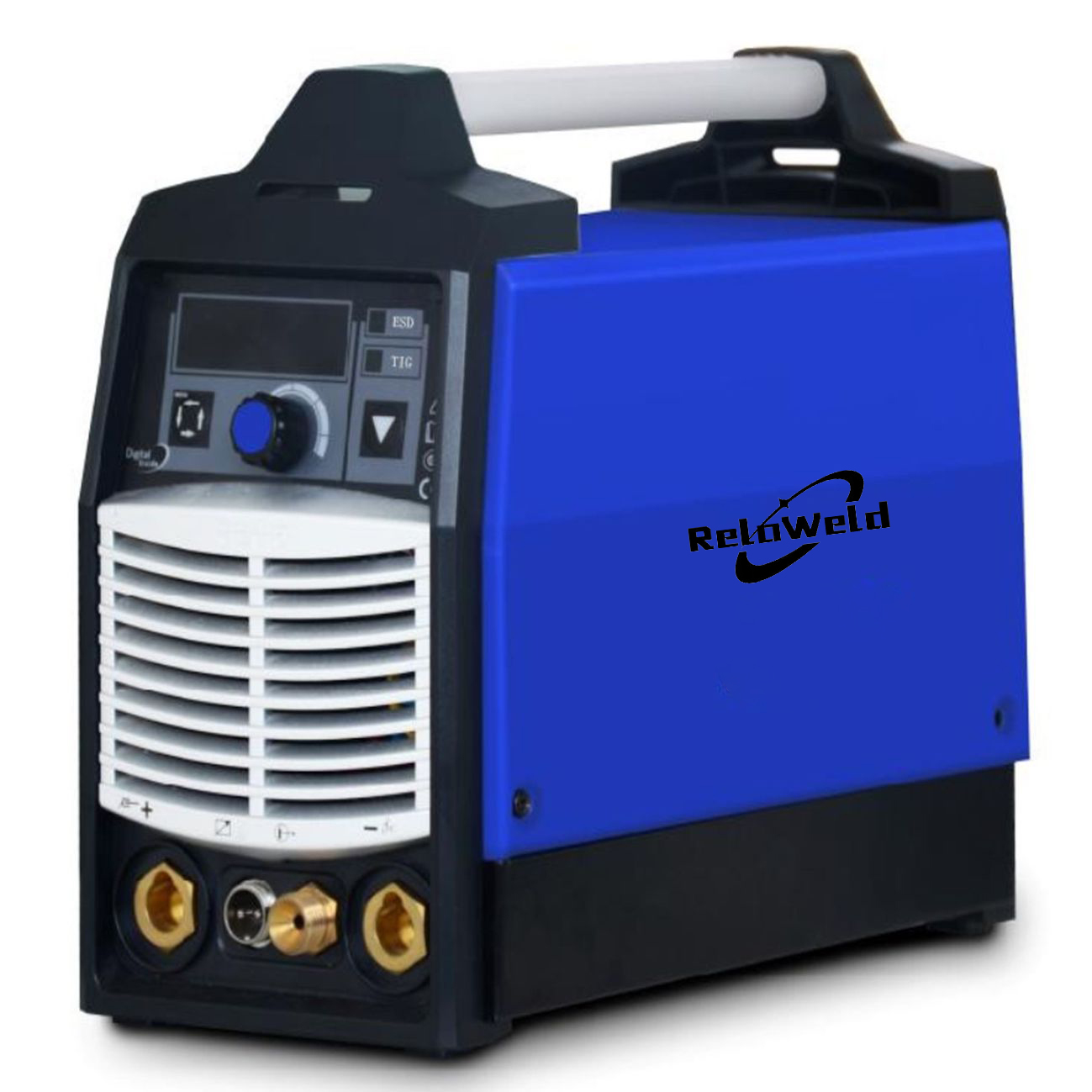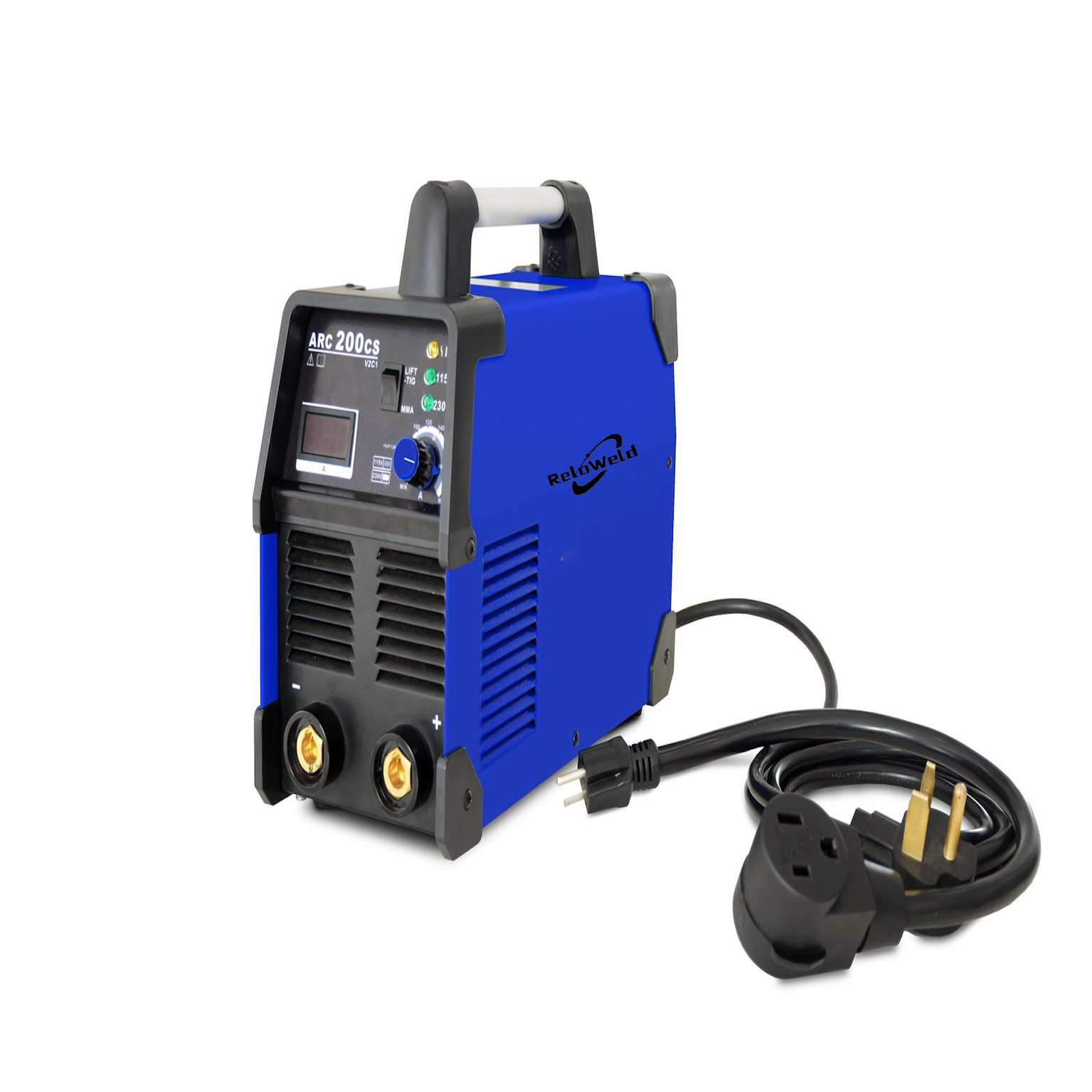After decades of development, China’s electric welding machine industry has made significant progress and has formed a relatively complete industrial chain. It has formed a certain share in the field of mid-to-low-end products and in the global market. There are still large gaps between countries.
In 2020, 61 home appliance welding machine companies produced a total of 41.05 million units/10,000 sets, with a production value of 12.63 billion yuan and an average production price of 308 yuan/set; of which the production volume of arc welding machines accounted for 80.62%, and the production value accounted for 47.76% %; Secondly, the production quantity of welding robots and automated welding equipment accounted for only 0.08% and 0.10%, but the production value accounted for 11.99% and 25.42%, indicating that their production unit price was relatively high.
In terms of sales distribution, the domestic sales of electric welding machines in 2020 will be 11.04 million units/10,000 sets, accounting for 82.0% of the total sales; in terms of sales distribution, the domestic sales of electric welding machines will be 9.56 billion yuan, accounting for 78.3% of the total sales. %, the unit price for domestic sales is 866 yuan/set.
The mainstream product in the industry is still the arc welding machine category. In the domestic market in 2020, the sales and sales of arc welding machines will account for 18.97% and 38.79% respectively; in the foreign trade market in 2020, the sales and sales of arc welding machines will account for 83.86%, 88.26%. With the increasingly high welding quality requirements and the gradual increase in labor costs, the demand for welding automation equipment and welding robots will become more and more strong.
According to the analysis of the “2022 Edition Electric Welding Machine Project Feasibility Special Research and Investment Value Consulting Report” reported by the China Research Institute of Industry
China’s electric welding machine industry is in line with China’s economic situation. It has entered a period of steady growth from restorative growth. Facing the complex international and domestic economic environment, it is necessary to strengthen and expand China’s electric welding machine industry through creative thinking and rational thinking. .
Advocate green and low-carbon development, pay attention to product needs related to environmental protection, actively track and judge relevant energy-saving and environmental protection policies, and pay attention to or develop energy-saving and environmentally friendly electric welding machines or auxiliary equipment.
Development prospect of electric welding machine
1. Shift from low-end manufacturing to high-end manufacturing
Since 30% of steel products are processed by welding, the increase in the use of steel will promote the development of the electric welding machine industry and the increase in demand. Judging from the current situation, the demand for electric welding machines in the domestic market is relatively stable, and the market capacity will not change too much. Facing the complex and changeable international and domestic environment, my country’s electric welding machine industry is gradually realizing the transformation from production to production service. Transformation, from low-end manufacturing to high-end manufacturing.
2. Green welding process
At present, commercial inverter arc welding machines still generally use low-frequency DC square wave pulses. In the future, with the industrial application of digital waveform control technology, the process of process greening will be further accelerated. The green welding technology based on the digital waveform control strategy has achieved a great breakthrough. With the research and development of circuit components such as power switch tubes and transformers, the power conversion process of the inverter arc welding machine and the overall energy efficiency of the process will also be further improved, and ultimately promote the welding manufacturing process to move towards a green process. .








